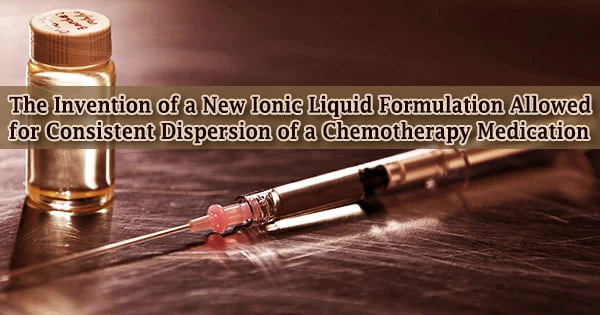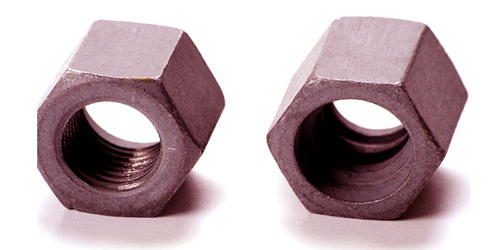In a study led by Rahmi Oklu, M.D., Ph.D., a Mayo Clinic vascular and interventional radiologist, and Harvard University’s Samir Mitragotri, Ph.D., researchers developed a new ionic liquid formulation that killed cancer cells and allowed uniform distribution of a chemotherapy drug into liver tumors and other solid tumors in the lab.
This breakthrough could help patients with liver cancer who are awaiting a liver transplant overcome a long-standing difficulty with medicine delivery to tumors. The findings of the preclinical research have been reported in Science Translational Medicine.
For medications with low solubility and bioavailability, ionic liquids appear to be a potential solvent. They are remarkable in drug delivery systems because of their simple production and customizable Physico-chemical and biological characteristics.
Because traditional ILs are non-biodegradable and potentially poisonous, the discovery of bio-ionic liquids (B-ILs) is a welcome development. They are potential excipients for pharmaceutical formulations since they are bio-friendly and have a wide range of uses in medication delivery and health care.
Drug distribution to tumors in a uniform manner is typically difficult. To increase drug transport into the tumor, greater drug doses are frequently used, although these higher levels might cause considerable toxicity.
Dr. Oklu, lead author of the study and director of Mayo Clinic’s Minimally Invasive Therapeutics Laboratory, believes that delivering uniform drug administration to tumors is difficult. It’s a problem he and his research team are working to fix, especially for liver cancer patients who are waiting for a transplant.
Larger drug doses are frequently employed to enhance drug transport into the tumor, according to Dr. Oklu, and these higher levels can cause severe toxicity. “If the drug cannot penetrate the tumor and remain there, then it cannot do its job,” he says.
Ablation, which involves heating or freezing the tumor or injecting radioactive particles into the tumor’s arteries to eliminate cancer cells and maintain patients within transplant requirements, is the current treatment.
“You could do a microwave ablation and basically burn the tumor, but that is often not an option if the tumor is close to the heart or other important structures. And sometimes it is hard to find the blood supply of the tumor to infuse the radioactive particles,” Dr. Oklu adds.
If the drug cannot penetrate the tumor and remain there, then it cannot do its job. You could do a microwave ablation and basically burn the tumor, but that is often not an option if the tumor is close to the heart or other important structures. And sometimes it is hard to find the blood supply of the tumor to infuse the radioactive particles.
Dr. Oklu
Dr. Oklu and his colleagues developed an ionic liquid, which is simply salt in a liquid state, as an alternative to using an ultrasound-guided needle injection to deliver medications into tumors. The authors claim that once injected, the ionic liquid uniformly deposited chemotherapeutic medicines, killing cancer cells as the liquid swallowed the tumors.
This method proved successful in preclinical experiments utilizing newly resected human cancers in the lab and liver tumors in animal models, according to the researchers. Furthermore, the treatment remained in the targeted zone for the duration of the 28-day experiment, according to the authors.
The ionic liquid, which the authors call a “locally active agent for tumor treatment and eradication,” or LATTE, encouraged immune cell infiltration in the tumor microenvironment, whereas drugs wash away quickly from direct injection into tumors or from standard IV delivery of chemotherapy through the veins of the arm.
This could aid in the development of immunotherapy for solid cancers. According to the researchers, this could address current issues, particularly in hepatocellular carcinoma, the most frequent kind of liver cancer for which a liver transplant is curative.
“Ionic liquids are an exceptionally versatile group of materials. In our lab, we have already demonstrated that they have the ability to overcome a variety of biological barriers within the body for delivering drugs. In this study, we demonstrate a novel application of ionic liquids to deliver chemotherapeutic drugs in the liver tumor,” says Dr. Mitragotri.
The scientists speculate that LATTE may act in a variety of ways, and future research will build on these preliminary findings.
Additional chemotherapy medications, immunotherapy treatments, and their impact on overall survival may be investigated in the future, as well as a full examination of the local and systemic immunological implications of this experimental intervention.
















